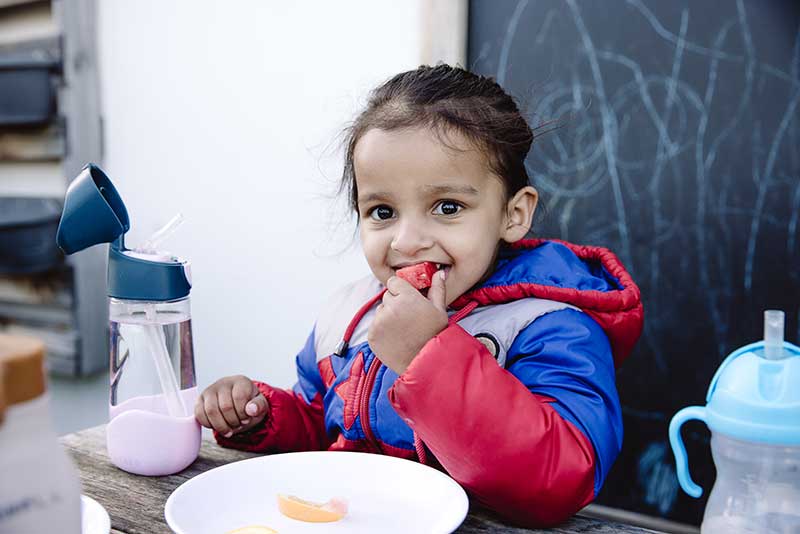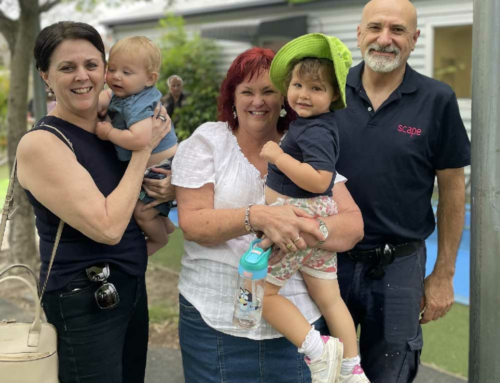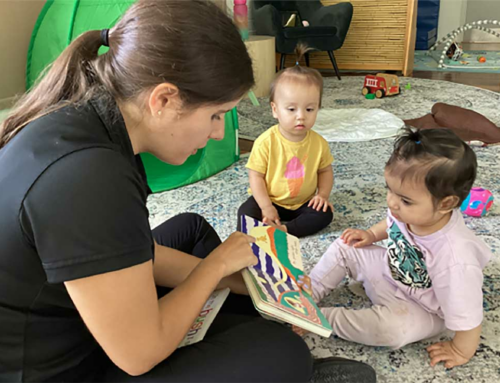As parents, we want our children to have healthy habits and drink water. With sugary drinks everywhere, getting children to choose water can be tricky. However, drinking water will improve their health and well-being. So, how can we motivate them to choose water?
Water is necessary for our bodies to function. It keeps us hydrated, supports digestion, helps us maintain a healthy weight, and enhances cognitive function, among other benefits. Yet, many children choose sugary drinks like soft drinks, fruit juices, and even sports drinks.
Encouraging children to drink water is essential for their well-being. It helps regulate body temperature, aids digestion, and supports brain function. It also helps maintain healthy skin and prevents dehydration. With a few simple strategies, you can help your children develop a lifelong habit of drinking water.
In this article on promoting children’s water consumption, we explore:
- The importance of water
- How much water do children need to drink?
- Drinking water safey tips
- The signs of dehydration
- Strategies and tips to help you encourage children to drink water
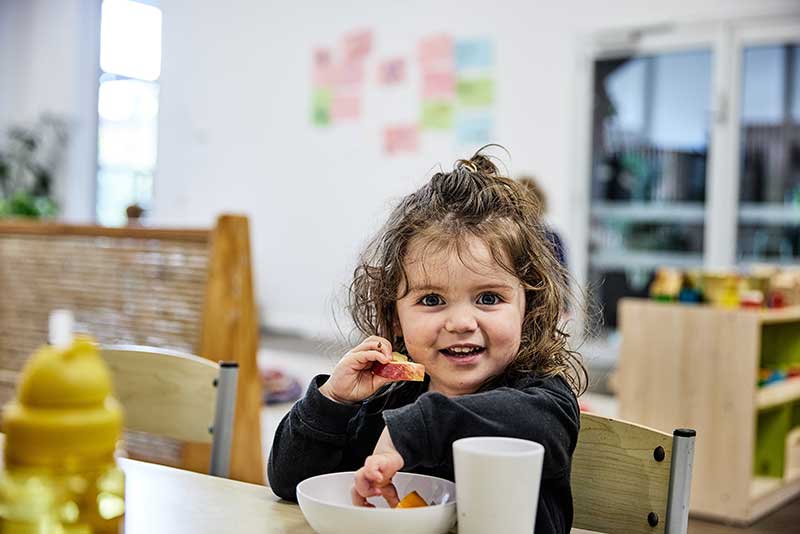
The importance of water
What’s one thing that trees and humans have in common? We both need water to sustain us!
Water plays a critical role in our bodies, including transporting nutrients, eliminating waste, protecting organs and regulating body temperature. Every cell in your body needs water. It is an important source of nutrition and helps circulate the flow of blood through our bodies.
When children and adults drink enough water, it keeps (reference: www.betterhealth.vic.gov.au):
- Mucous membranes moist, such as those in our nostrils, mouth, throat and lungs
- Joints and tissues lubricated, reducing bones from rubbing together
- Skin elastic and moisturised
- Our body temperature regulated
- Bodies free of bacteria by flushing it from our bladder
Adults, babies and older children need to drink plenty of water. Water should always be your first choice when it comes to drinks. As discussed in our next section on how much water children need, this rule has a few exceptions.
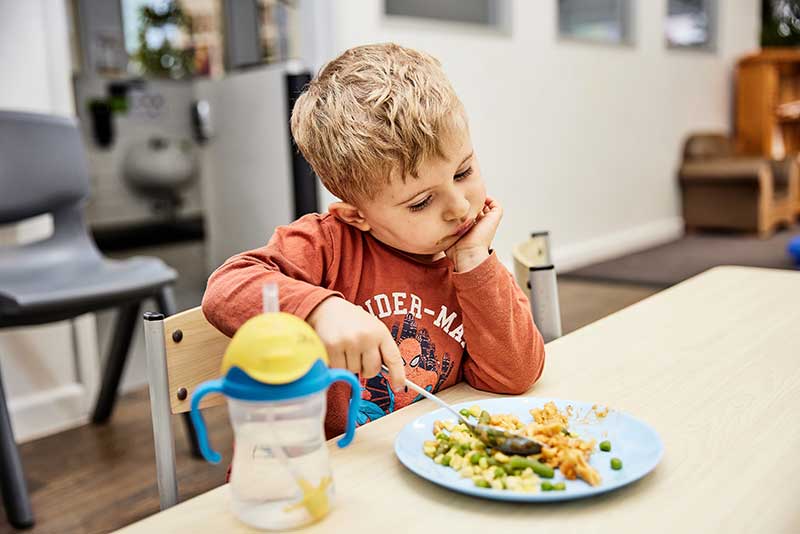
How much water should children drink?
Only feed your baby breastmilk or infant formula for the first six months. It has all the nutrients they need. Giving a baby under 6 months regular amounts of water can interfere with the breastmilk or formula they need.
Babies 6 to 12 months
Breastmilk or infant formula remains a baby’s primary source of food and fluid for their first 12 months, even in hot weather. However, you can start giving them sips of water from a cup. This process encourages babies to start drinking from a cup.
Giving a baby 6 to 12 months any fluids besides water, breastmilk, or formula can affect their nutrient intake.
Older children
Children over 12 months of age such as toddlers can drink water from a cup. The Australian guide for fluids (including breastmilk, formula, water and other drinks) for children 12 months to 3 years is 4 cups (1 litre) of water per day. The recommended daily water intake for children 4 to 8 years is 5 cups (1.2 litres).
Encourage children to drink from a cup or a water bottle rather than a baby bottle with a teat.
Drinking water safety tips
Always boil tap water to make it safe. Wait until the jug boils and switches off, or if cooking on the stove, wait until it comes to a rolling boil. Allow boiled water to cool to a safe temperature to avoid nasty burns. You can store cool water in a clean and sterilised bottle in the fridge.
Reduce bottled water use for emergencies, such as when there is an advisory alert for your water supply, as plastic bottles are unsuitable for the environment. Always read and follow any drinking water advisories, including Boil Water and Do Not Consume alerts.
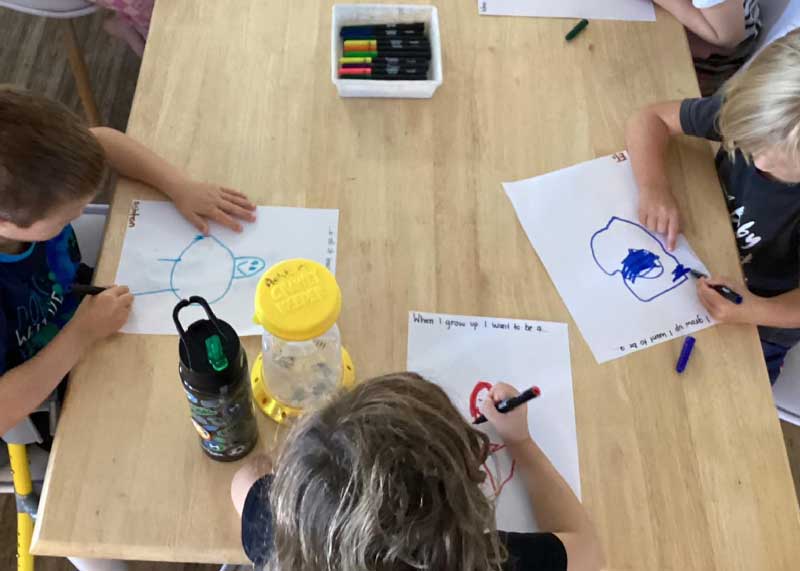
What causes dehydration in children?
Adults sweat a lot when exercising, playing sports, rushing to do chores and running after children. Children don’t sweat as much as adults. However, they can still become dehydrated through loss of bodily fluids, physical activity, and in hot weather.
Young children and babies are at the highest risk of dehydration. Children can also become dehydrated from vomiting, diarrhea or refusing to eat or drink when they are sick. If they are already thirsty, they may already be dehydrated.
Signs of dehydration
Signs of dehydration in children include:
- Dry mouth and tongue
- Thirst
- Decreased urine output, fewer wet nappies, or not going to the toilet regularly
- Dark yellow urine
- Fatigue
- Lethargy
- Dizziness
- Nausea
- Headaches
Care for mild dehydration in babies under 6 months
A health professional should always see babies under 6 months if you suspect they are dehydrated. Keep offering your child feeds, and ensure you drink enough water.
Care for older children
You can treat children over 6 months with mild dehydration at home with oral rehydration fluids or water. You can purchase rehydration fluids from a chemist or pharmacy. If you are breastfeeding your child, offer more feeds for extra fluids.
Do not give children sweet, sugary drinks like soft drinks to combat dehydration. Sugar, caffeine and sodium can make dehydration worse. Fizzy sodas such as energy drinks, often masquerade as healthy drinks when fresh tap water is the best solution for older children.
Severe Hydration
If your child shows any signs of severe dehydration, you should immediately take them to your closest hospital emergency department. Signs of severe dehydration include:
- Extreme thirst
- Irritable, drowsy or confused
- Little to no urination
- Sunken eyes
- Cold skin, especially the hands and feet
Always seek medical advice or take your child to see a doctor if you are concerned about water loss and their health.
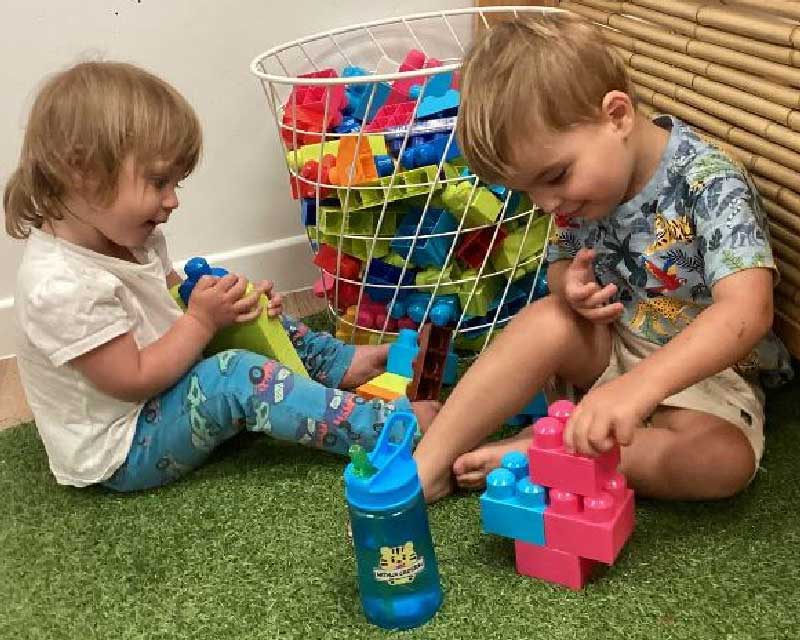
16 Tips to encourage children to drink water
Families need to encourage their children to drink water regularly to prevent dehydration. Here are some tips on how to inspire children to drink more water:
- Lead by example: Children often mimic their parents’ behaviour. Make sure you are drinking enough water throughout the day.
- Tell them how great it is to drink fresh, clean water!
- Fancy cups or water bottles make drinking water exciting. Invite your child to select their own unique, fun cup or water bottle for drinking water. Keep this cup for only drinking water.
- Up the excitement for drinking water by adding coloured straws, bendy straws or re-useable silly straws. These fun straws are made from bio-degradable paper or reusable silicone.
- Encourage your child to pack a water bottle when going out, such as to a playdate or the park.
- Send a clearly labelled water bottle to preschool, kindergarten and your child’s early learning centre.
- Promote drinking water after physically vigorous activities such as sports and dancing, running, skipping and climbing across the monkey bars.
- Turn drinking water into a sensory experience by adding some ice cubes or crushed ice.
- Create chilled water by placing freshly boiled water (once it has cooled down) in the fridge.
- Always have plain water available for children’s meals.
- Set up a hydration station by placing a non-breakable thermos filled with plain water on a stool or table accessible to your child. Invite them to fill their favourite cup or water bottle.
- Infuse plain water with fruits, herbs and spices. Add a slice of lemon, lime or orange to your water. You can also add herbs such as mint, lemongrass and basil.
- Work towards the required amount of cups of water for your child’s age if they are being tricky about it. Start with one, then encourage them to add another.
- Turn it into a drinking game, where they can place a sticker on a chart when they reach the required fluid intake.
- Teach your child about their hydration status and the importance of the colour of their urine. Lighter-coloured urine indicates they’re drinking enough, while dark yellow means they need to drink more.
- Read children’s books that encourage drinking water.
Encourage children to drink water
Getting enough water is vital for both children and adults. Increased physical activity, hot weather and illness can increase the chances of water loss. Boiled plain tap water (cooled) is the best source of fluid for adults and children over 12 months.
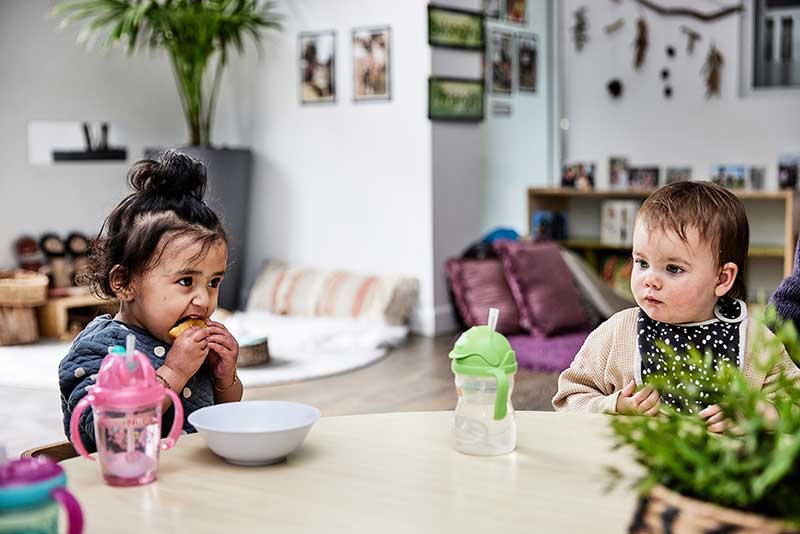
Nurture your child’s health and wellbeing with Petit Early learning Journey
As part of Petit ELJ’s Sun Protection, Weather and Heat policy, children are provided with drinking water throughout the day regardless of whether they are inside or playing outdoors. The children’s colourful water bottles fill our spaces at meal times and during play and learning.
We believe that putting children first matters. Engaging children in genuine conversations about their health and wellbeing, and listening to their ideas and thoughts, engages them in learning. Book a tour to find out more about our beliefs and policies at your nearest Petit ELJ centre.
